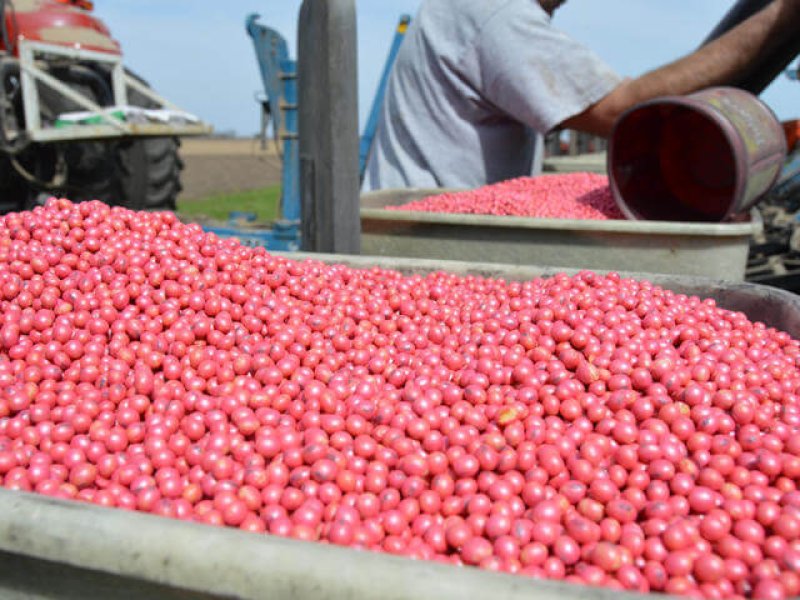There have been scientific studies published that suggest a link between the use of neonicotinoids and the declining health of honeybees in some regions.
Unlike in other countries, and because of our unique ecosystem, the scientific information available indicates that managed and wild honey bee populations are not in decline in Australia
…
As outlined in the Roadmap for insect pollinator risk assessment, bees can come into contact with neonicotinoids in a number of ways including:
- contact with neonicotinoid dusts in the air when treated seeds are planted
- consuming the pollen, nectar, or sap of plants grown from treated seed, or in treated soil
- direct contact with sprays applied to flowering plants.
The use instructions on neonicotinoid product labels are designed to reduce the risk of these exposures.
All neonicotinoids registered for use in Australia have been through the [Australian Pesticides and Veterinary Medicines Authority] APVMA’s robust chemical risk assessment process and are safe and effective, provided products are used according to the label instructions.
The APVMA uses an evidence based, weight-of-evidence approach to risk assessments, which consider the full range of risks and take into account studies of the environment, including the impact on non-target species. The label includes instructions to minimize these risks through specifying use patterns and safety directions.
Read full, original article: Neonicotinoids use and honey bees































